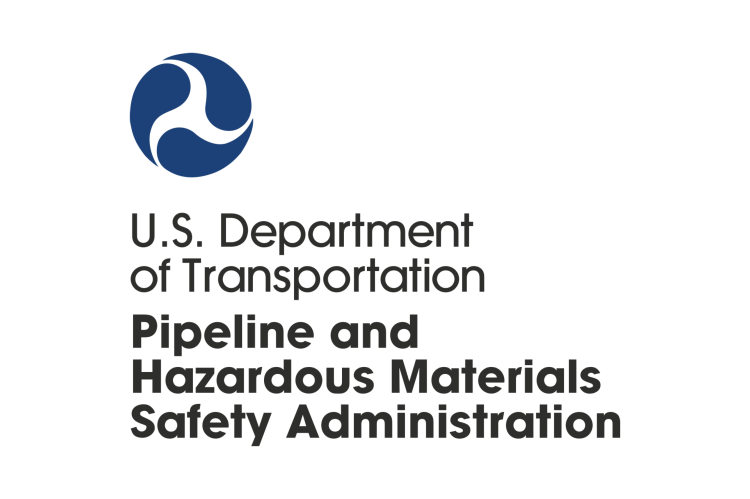PHMSA Announces New Rules For Methane Gas Mitigation From Pipelines

The U.S. Department of Transportation’s Pipeline and Hazardous Materials Safety Administration (PHMSA) announced over the weekend that new rules have been proposed that will have far-reaching implications for the operation and safety dividend of the US pipeline network.
As a PHMSA press release notes, "the proposed rule will update decades-old federal leak detection and repair standards that (up to now) have relied solely on human senses in favor of new requirements that add an additional layer of safety by deploying commercially available, advanced technologies to find and fix leaks of methane and other flammable, toxic, and corrosive gases. These health and safety improvements will advance environmental justice in communities where gas pipeline infrastructure is disproportionately sited.
$196 million in grants have been made for 37 pipeline modernization projects spread across 19 states.
“Quick detection of methane leaks is an important way to keep communities safe and help curb climate change,” said U.S. Transportation Secretary Pete Buttigieg. “We are proposing a long-overdue modernization of the way we identify and fix methane leaks, thereby reducing emissions and strengthening protections for the American people.”
The proposal requires pipeline operators to establish advanced leak detection programs aimed at detecting and repairing all gas leaks by:
1) Strengthening leakage survey and patrolling requirements by increasing the frequency of surveys and requiring the use of commercially available, advanced leak detection technology—such as aerial or vehicle surveys, handheld detection devices, and continuous monitoring systems—with flexibility for operators to use a range of approaches to meet a minimum performance standard.
2) Reducing the volume of gas released due to unintentional emissions like leaks and equipment failures and revising the reporting minimum threshold to detect smaller leaks sooner.
3) Minimizing intentional releases, such as those caused by equipment venting or blowdowns, associated with pipeline maintenance, repair, and construction and encouraging operators to consider cost-effective equipment that can capture the methane for later use.
4) Establishing explicit criteria and timeframes for the timely repair of all leaks that pose a risk to public safety or the environment.
“On a bipartisan basis, Congress came to the common-sense conclusion that it is finally time to deploy modern technologies to find and repair pipeline leaks to prevent waste of valuable products and protect people and the environment,” said PHMSA Deputy Administrator Tristan Brown. “This rule will deploy pipeline workers across the country to find and repair leaks that will improve safety for the public—and will ensure America continues to be the global leader in methane mitigation, which is one of the most potent greenhouse gases threatening the economy and our planet today.”
